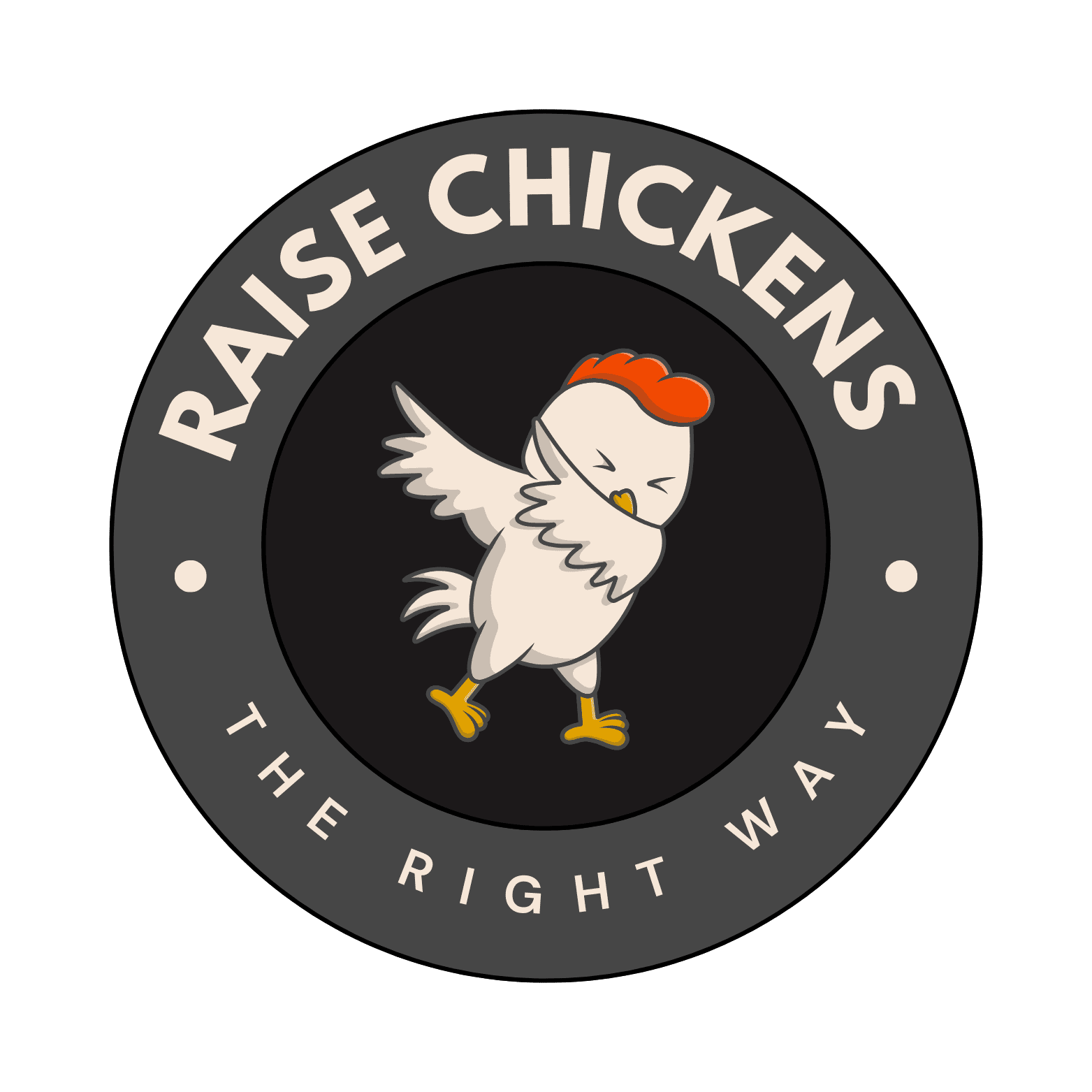Northern Fowl Mites in Chickens: A Farmer’s Guide to Detection and Treatment
After spending over two decades raising chickens, I’ve encountered my fair share of challenges. But let me tell you, nothing quite compares to the headache of dealing with Northern Fowl Mites. These tiny parasites have given me some sleepless nights, but I’ve learned valuable lessons that I’m excited to share with you today.
What Are Northern Fowl Mites?
I’ll never forget the first time I discovered these pesky creatures in my flock. Northern Fowl Mites are microscopic parasites that make themselves at home on your chickens, primarily gathering around the vent area. They’re particularly troublesome because they multiply incredibly fast – we’re talking a complete life cycle in less than a week!
Spotting the Signs: Early Detection is Key
Through my years of experience, I’ve learned that catching these mites early can make all the difference. Here are the telltale signs I’ve come to recognize:
The Hidden Danger: Anemia
I can’t stress this enough – these mites aren’t just an inconvenience. They’re blood-feeders, and they can cause severe anemia in your chickens. I once lost a beloved hen because I didn’t act quickly enough. When these mites feed on your birds’ blood, they can drain enough to cause serious health issues. You’ll notice your chickens becoming lethargic, their combs turning pale, and in severe cases, death can occur.
Treatment Options That Actually Work
Over the years, I’ve tried numerous treatments, but I’ve found these to be the most effective:
1. Permethrin Dust
This has become my go-to treatment. It’s effective and relatively safe when used correctly. I always make sure to dust the birds thoroughly, paying special attention to the vent area. Remember to wear a mask during application – I learned that lesson the hard way!
2. Ivermectin
For severe infestations, I’ve found that ivermectin can be incredibly effective. However, it’s crucial to consult with a vet for proper dosing. I typically use this as a second-line treatment when Permethrin doesn’t do the trick.
My Step-by-Step Treatment Process
Prevention: The Best Medicine
I’ve learned that preventing an infestation is far easier than treating one. I now maintain a strict cleaning schedule for my coop and regularly inspect my birds. I’ve also found that adding food-grade diatomaceous earth to dust baths helps keep these pests at bay.
Supporting Your Chickens’ Recovery
When treating Northern Fowl Mites, I’ve found that supporting your chickens’ overall health is crucial. I boost their diet with extra protein and iron-rich foods to help combat the effects of anemia. Black oil sunflower seeds and meal worms have become my go-to supplements during recovery periods.
The Environmental Factor
Here’s something many farmers overlook – these mites can survive in the environment for several weeks without a host. That’s why I always treat the entire coop, not just the
